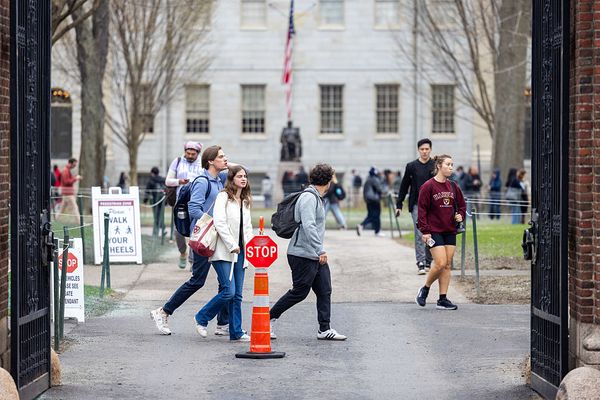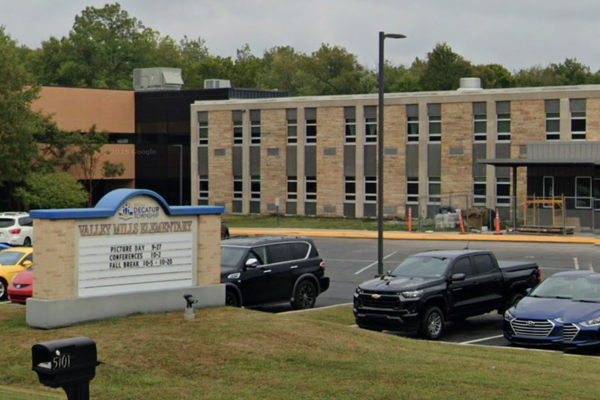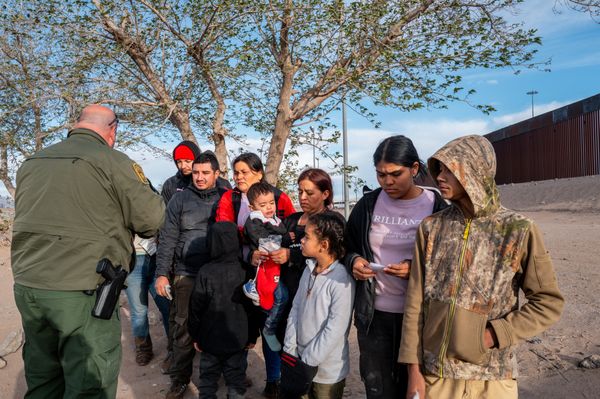
Rough sleeping in the capital has hit the highest level in a decade, with more than 1,100 people living on London’s streets for the first time because of evictions.
The number of new rough sleepers seen for the first time by outreach workers between April 2023 and March 2024, surged 25% to 7,974 people – the highest in at least four years. Almost one in 10 people living on the streets was aged 25 or under – including 13 children.
In total, 11,993 people were seen rough sleeping by outreach workers – a 19% increase on the previous year and 58% higher than 10 years ago.
The figures were described as deeply shameful by the homelessness charity Crisis and come after the Conservative government failed to ban no-fault evictions before the end of the last parliament despite promising to do so in 2019.
Labour’s manifesto pledges to “immediately abolish section 21 ‘no fault’ evictions”. The Conservative manifesto pledged to “deliver the court reforms necessary to fully abolish section 21 and strengthen other grounds for landlords to evict private tenants guilty of antisocial behaviour”.
Westminster remains the area with the most rough sleepers and about a fifth of all people sleeping on the streets were previously living in the private rented sector; 138 people ended up on the streets because they were illegally evicted by their landlords.
Rough sleeping predominantly affects men, who now account for 84% of rough sleepers. Nearly half of the street population is made up of UK nationals, nearly a quarter from European nations and close to a fifth from African countries.
Matt Downie, chief executive of Crisis, said: “Right now, we’re in a perfect storm: sky-high rents, a dire shortage of affordable housing and increased living costs are pushing more people on to the streets. For thousands, this means long nights of trying to stay safe, moving from night bus to night bus or bedding down in a noisy doorway where sleep is all but impossible. None of us should have to experience this.”
Meanwhile, builders started work on fewer new homes for social rent funded with subsidies from Homes England or the Greater London Authority, than at any time since the 2016.
Responding to the figures published by the Department for Levelling Up, Housing and Communities on Thursday, Andy Hulme, the chief executive of the Hyde Group, a social landlord, said: “At a time when we have record numbers of people sleeping rough in London and record numbers of homeless children living in temporary accommodation it is very concerning to see social housing starts fall significantly year-on-year.”
He said: “This will only contribute to more people sleeping rough and becoming homeless in the coming months and years as we do not have enough affordable housing to meet public demand.”
Sadiq Khan, the Labour mayor of London, had pledged to end rough sleeping in the capital if he was re-elected for a third term, as happened last month. Responding to the figures, Khan pointed to the government’s failure to ban no-fault evictions. “Rising rough sleeping shames us all, and Tory ministers most of all,” he said.







